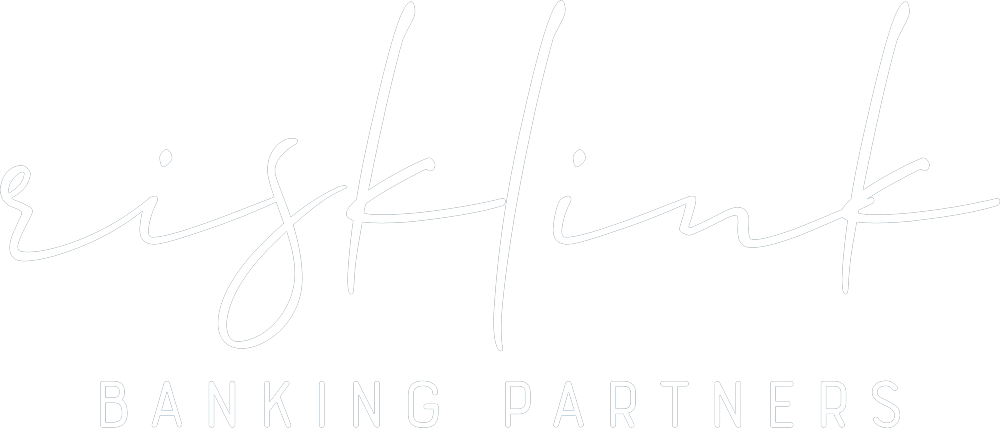In the rapidly evolving financial landscape, Money Service Businesses (MSBs) face significant challenges in securing reliable banking services. These businesses, which include currency exchange providers, money transfer services, and check cashing operations, are often classified as high-risk by traditional banks. This classification stems from the inherent risks associated with the high volume of transactions, the potential for money laundering, and the stringent regulatory requirements they must adhere to. In this article, we explore effective strategies that MSBs can employ to secure and maintain banking relationships in the UK.
Understanding the Risks Associated with MSBs
The primary reason MSBs are deemed high-risk by banks is their susceptibility to money laundering and other financial crimes. The Financial Conduct Authority (FCA) and other regulatory bodies impose strict guidelines on MSBs to prevent such activities. These regulations require MSBs to implement robust anti-money laundering (AML) and counter-terrorist financing (CTF) measures, including customer due diligence, transaction monitoring, and reporting suspicious activities.
Additionally, the high volume and frequency of transactions conducted by MSBs make it challenging for banks to monitor and manage potential risks effectively. The complexity of international transactions further exacerbates these risks, making it essential for MSBs to establish comprehensive compliance programs. Failure to comply with these regulations can result in severe penalties, reputational damage, and the loss of banking relationships, which are critical for the operation of MSBs.
Effective Strategies for MSBs to Secure Banking Services
Despite the challenges, there are several strategies that MSBs can adopt to improve their chances of securing and maintaining banking services:
- Robust Compliance Programs: Implementing a strong AML and CTF compliance program is crucial. This includes regular training for staff, thorough customer due diligence procedures, and effective transaction monitoring systems. By demonstrating a commitment to compliance, MSBs can reassure banks of their dedication to mitigating risks.
- Transparency and Communication: Maintaining open and transparent communication with banking partners is essential. MSBs should provide detailed information about their operations, including transaction volumes, types of services offered, and the geographic locations of their customers. Regular updates and reports can help build trust and address any concerns the bank may have.
- Third-Party Audits: Engaging third-party auditors to review and validate compliance programs can enhance credibility. Independent audits provide an objective assessment of the MSB’s risk management practices and demonstrate a proactive approach to addressing potential issues.
- Diversification of Banking Relationships: Relying on a single banking partner can be risky for MSBs. Diversifying banking relationships across multiple institutions can reduce dependency and provide contingency options if one bank decides to terminate the relationship.
- Industry Associations and Advocacy: Joining industry associations and engaging in advocacy efforts can help MSBs stay informed about regulatory changes and best practices. These organizations often provide resources and support to navigate the complex banking environment.
Example of Successful Banking Strategy for an MSB
Let’s consider the example of XYZ Money Transfer, an MSB that successfully secured banking services by implementing a comprehensive compliance and risk management strategy. XYZ Money Transfer faced difficulties in maintaining banking relationships due to its high transaction volumes and international reach. To address these challenges, the company took the following steps:
- XYZ Money Transfer invested in advanced transaction monitoring software to detect and report suspicious activities in real-time. This technology allowed them to comply with regulatory requirements more efficiently and effectively.
- The company established a dedicated compliance team responsible for conducting regular internal audits, ensuring all procedures were up-to-date and aligned with current regulations. This team also provided ongoing training to employees on AML and CTF best practices.
- XYZ Money Transfer engaged a reputable third-party auditor to review their compliance program annually. The auditor’s reports were shared with banking partners, demonstrating transparency and a commitment to maintaining high standards.
- The company maintained open communication channels with their banks, providing detailed reports on transaction volumes, customer demographics, and compliance activities. Regular meetings with banking representatives helped address any concerns proactively.
- By diversifying their banking relationships, XYZ Money Transfer reduced the risk of disruption to their services. They established accounts with multiple banks, ensuring that they could continue operations smoothly even if one bank decided to exit the relationship.
Through these efforts, XYZ Money Transfer not only secured banking services but also built strong, trust-based relationships with their banking partners. Their proactive approach to compliance and risk management served as a model for other MSBs facing similar challenges.
For MSBs looking to secure a High Risk Merchant Account, it’s crucial to follow a similar approach. Ensuring robust compliance measures, transparent operations, and diversified banking relationships can significantly enhance their chances of success.
Risk Link offers expert banking solutions tailored to your high-risk business needs. Contact us today to learn how we can help you navigate the complexities of high-risk banking and secure the financial services you deserve.
Moreover, staying abreast of regulatory changes and adapting promptly can help MSBs maintain their banking relationships. Regular training and updates for staff on the latest compliance requirements and best practices are essential. Participating in industry forums and discussions can also provide valuable insights and support.
In conclusion, while MSBs face significant hurdles in securing banking services due to their high-risk nature, implementing robust compliance programs, maintaining transparency, engaging third-party auditors, diversifying banking relationships, and actively participating in industry associations can greatly improve their chances. By adopting these strategies, MSBs can demonstrate their commitment to mitigating risks and fostering trust with their banking partners.
For more information on regulatory requirements and best practices for MSBs, visit the Financial Conduct Authority’s official website.






